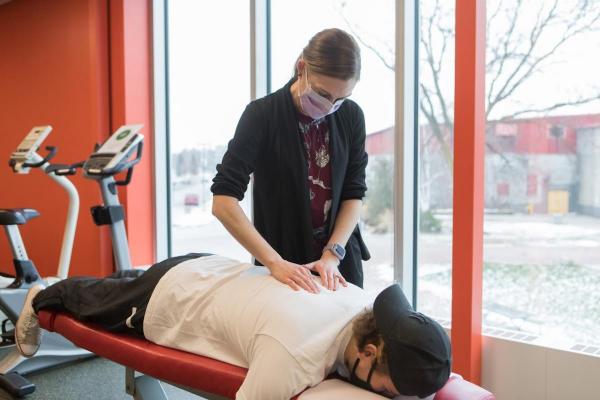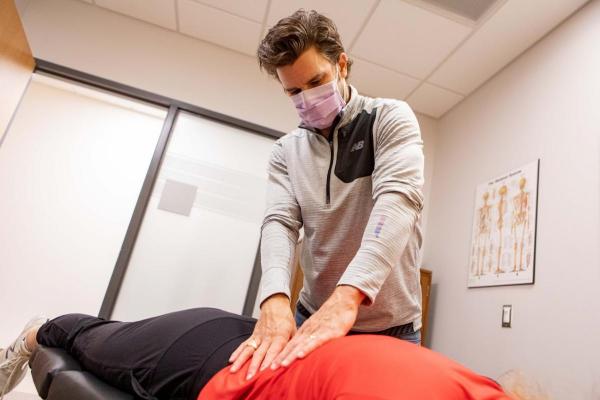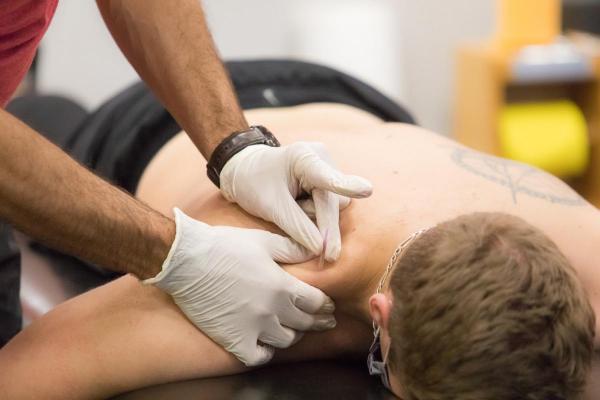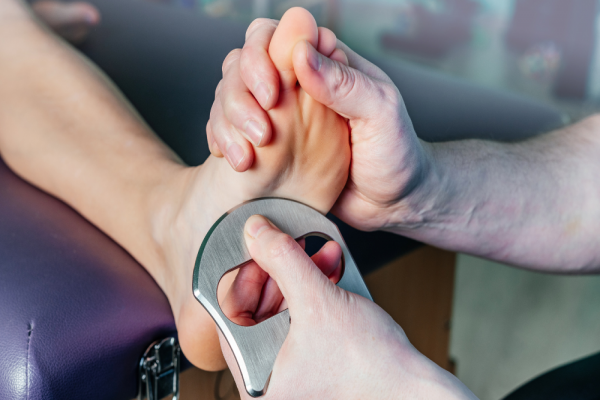Chiropractor FAQs | HPC Guelph

Do you have questions about our Guelph Chiropractic Care Services? See below for a list of our frequently asked questions about chiropractor visits and adjustments.
Chiropractors use manual adjustment techniques, also known as chiropractic adjustments or spinal manipulations, to address misalignments or abnormalities in the musculoskeletal system. These adjustments aim to restore proper alignment, reduce pain, improve mobility, and enhance the body's natural ability to heal itself.
In addition to spinal adjustments, chiropractors may use other manual therapies such as soft tissue manipulation, therapeutic exercises, stretching techniques, and lifestyle advice to support the overall well-being of their patients. They may also recommend modifications to posture, ergonomics, and lifestyle habits to promote better spinal health. Chiropractors commonly treat conditions such as back pain, neck pain, headaches, joint pain, and certain types of sports injuries. They often work in conjunction with other healthcare professionals and may refer patients to specialists when necessary. It's important to note that chiropractors are trained professionals, and they undergo extensive education and clinical training to acquire the skills needed to diagnose and treat musculoskeletal conditions.
Following a thorough assessment, an adjustment may be recommended as part of your treatment if you were found to have a joint that is painful and/or dysfunctional in its movement. As the patient, these scenarios often feel like reduced range of motion, and stiffness while moving, and can result in pain.
Our HPC chiropractors are trained to assess and manually adjust the joints of the spine, as well as the extremities (for example, ankles). Many patients experience immediate pain relief and improved range of motion, whereas other injuries require multiple visits and appointments with our other practitioners (massage, physiotherapy, etc. may be recommended.
Related Chiropractic Patient Resources & Articles
Neck Degenerative Disk Disease (DDD)
Heel Spurs
Heel spurs are abnormal bone growths located on the bottom of the foot, typically in the plantar heel region of the calcaneus. They can be found on the underside of the heel where the plantar fascia connects to the heel bone.
Impingement Syndrome
Shoulder impingement syndrome occurs when your rotator cuff muscles and tendons get pinched between the top outer edge of your shoulder blade, called the acromion, and the humerus. When this happens, it causes shoulder pain and irritation.
Shoulder Separations & Dislocations
Many shoulder injuries occur as a result of a sudden or traumatic event, often a fall. Shoulder separations and dislocations are both common but have very different treatment plans and recovery timelines but can be successfully treated with the help from our HPC Chiro team.



